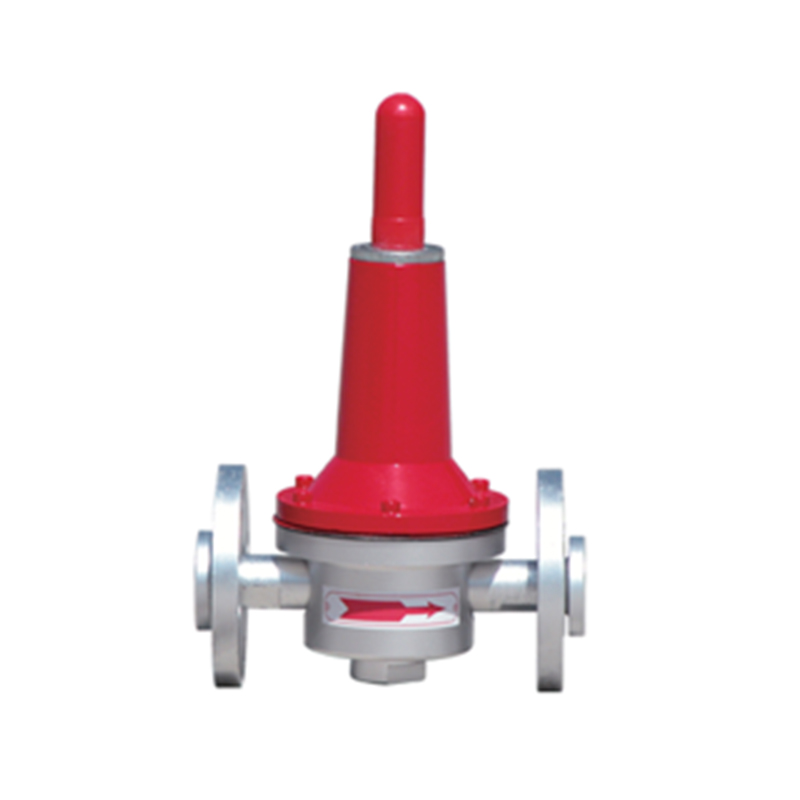
Dec . 03, 2024 17:42
Back to list
pressure reduction skid
Understanding Pressure Reduction Skids An Essential Component in Industrial Processes
In various industrial applications, maintaining optimal pressure levels is crucial for operational efficiency and safety. One of the key components that help achieve this is the pressure reduction skid. A pressure reduction skid is a pre-engineered, skid-mounted system designed to reduce the pressure of fluids from a higher inlet pressure to a lower outlet pressure. This article explores the components, functioning, advantages, and applications of pressure reduction skids.
Components of a Pressure Reduction Skid
A typical pressure reduction skid comprises several essential components
1. Pressure Regulators These devices automatically maintain a set outlet pressure by adjusting the flow of fluid into the system. Depending on the design, they can either be spring-loaded or utilize pilot-operated mechanisms.
2. Flow Meters These instruments measure the flow rate of the fluid passing through the skid, allowing for better monitoring and control of the process.
3. Isolating Valves These are strategically placed valves that can be opened or closed to isolate the skid from the rest of the system for maintenance or emergency procedures.
4. Strainers Installed to filter out particulates from the fluid, strainers help protect downstream equipment from damage caused by debris.
5. Pressure Gauges These provide real-time pressure readings for both the inlet and outlet, enabling operators to monitor system performance effectively.
6. Piping and Fittings The skid consists of durable piping that can withstand the designated pressures and temperatures of the fluids being handled.
How Pressure Reduction Skids Function
pressure reduction skid

The operation of a pressure reduction skid is relatively straightforward. Fluids enter the skid at high pressure and pass through the pressure regulators, which reduce the pressure to a predetermined level. The flow meters and gauges continuously track the pressure and flow rates, allowing for immediate adjustments if necessary. The isolating valves ensure that the system can be safely maintained or taken offline without impacting the larger process.
These skids are widely used in industries such as oil and gas, chemical manufacturing, water treatment, and power generation, where precise pressure control is essential for safety and efficiency.
Advantages of Using Pressure Reduction Skids
1. Space Efficiency As skid-mounted units, these systems occupy minimal space compared to traditional installations, making them ideal for facilities with limited footprints.
2. Ease of Installation Because they are pre-assembled and tested at the factory, pressure reduction skids can be installed quickly and with minimal disruption to existing operations.
3. Cost-Effective Skids can reduce overall system costs by minimizing the need for extensive plumbing and installation labor. Additionally, their compactness often leads to savings in material costs.
4. Enhanced Safety By providing a controlled pressure environment, these skids help prevent dangerous pressure surges and associated hazards.
5. Flexibility Pressure reduction skids can be customized to meet the specific needs of different applications, providing a tailored solution for various industrial processes.
Applications of Pressure Reduction Skids
Pressure reduction skids are used in a variety of applications across multiple industries. In oil and gas, they are critical for transporting fluids through pipelines where pressure must be carefully managed. In chemical manufacturing, these skids ensure that reaction pressures are within safe limits. Additionally, they play a vital role in municipal water systems, helping regulate pressure for distribution.
Conclusion
Pressure reduction skids are vital components in modern industrial processes, ensuring safe and efficient operation. Their ability to maintain precise pressure levels contributes significantly to process optimization and safety across various applications. As industries continue to evolve, the importance of these systems in facilitating safe and efficient operations will only grow, underscoring the need for continued advancements in skid technology.
Next:
Latest news
-
Safety Valve Spring-Loaded Design Overpressure ProtectionNewsJul.25,2025
-
Precision Voltage Regulator AC5 Accuracy Grade PerformanceNewsJul.25,2025
-
Natural Gas Pressure Regulating Skid Industrial Pipeline ApplicationsNewsJul.25,2025
-
Natural Gas Filter Stainless Steel Mesh Element DesignNewsJul.25,2025
-
Gas Pressure Regulator Valve Direct-Acting Spring-Loaded DesignNewsJul.25,2025
-
Decompression Equipment Multi-Stage Heat Exchange System DesignNewsJul.25,2025

